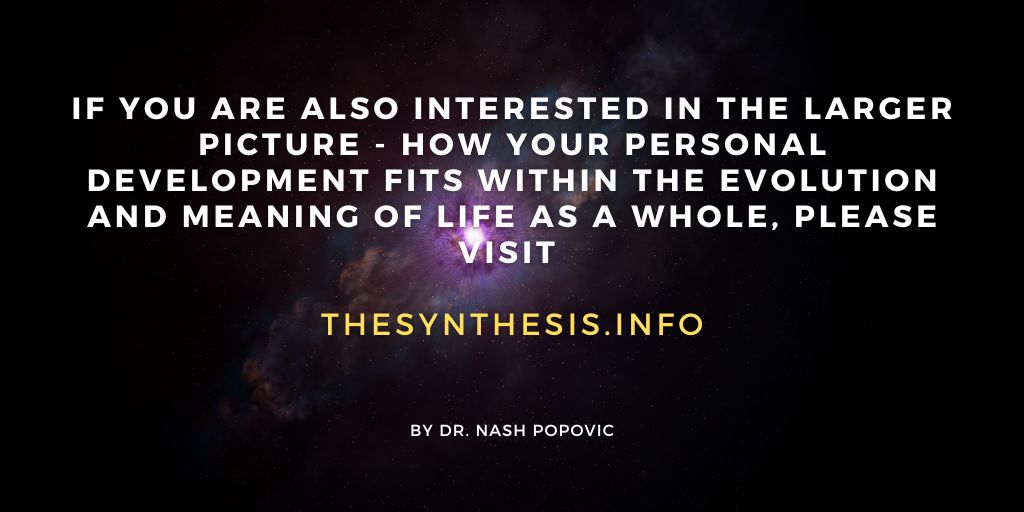51. Influence
People are usually more convinced by reasons they discovered themselves than by those found by others.
Blaise Pascal (17c French mathematician)
Influence is unavoidable – most interactions involve small or big influences (e.g. a shop-assistant may influence your thoughts and choices or even your mood). There are many ways of influencing each other though. To make sense of it all, we need to consider various types of influence. Influences can be intentional and unintentional. Unintentional ones are common – for example, you may be influenced by a celebrity even if she had no intention of influencing you. However, we will focus here on intentional ones. There are two types of such influences: instrumental and intrinsic.
Instrumental and intrinsic influences
Instrumental influences are concerned with immediate goals rather than with the persons involved or long-term outcomes. They can be covert (manipulations through sweet talk, flirtation, emotional blackmail, teasing, hints, etc.) or overt (coercions by orders, threat, punishment, or reward). Covert influences are almost never justified (except perhaps if in danger or on a spy mission). Overt influences too are not desirable, but they may sometimes be necessary as a last resort: for example, when there is no time for explaining, when somebody behaves contrary to their better judgment or to what was agreed, or when somebody refuses to engage with or consider rational arguments. These are some common tell-tale signs of instrumental influence:
- the nature of delivery is emphasised over the content (e.g. shouting, whining, being overly friendly, etc.)
- using emotional language rather than reasoning
- appealing to one’s weaknesses (e.g. flattery)
- bringing up unrelated issues
This type of influence is quite common but its effects are usually superficial and short term. It also runs the risk of creating an even stronger resistance, so let’s consider another type of influence.
Intrinsic influences are about personal change, rather than just immediate outcomes. In other words, they are more concerned with personal development than quick results. Such influences can be indirect and direct. An indirect influence of this sort is influence by example. It creates the least resistance and can be profound, but it is not always practical, as it usually takes time. Direct influences are verbal interventions that can involve:
- giving advice (prescriptive influence)
- challenging one’s attitude, behaviour or belief (confronting)
- providing information (informative)
- helping one come to a conclusion or find a solution (catalytic)
- being approving, confirming, validating (supportive)
Not all instrumental influences are bad nor all intrinsic ones are good, but distinguishing between them can make a big difference. So if you attempt to influence somebody, ask yourself if you are concerned with the immediate outcome or if you really want to help the other person grow or make a deeper change. Of course, the other way around applies too: if you feel that somebody is trying to influence you, it may be worthwhile considering whether or not such an influence is instrumental or intrinsic.
How to influence others
It is important to remember that influence is not about controlling others. Trying to make others do what you want creates a conflict, either with them or within them, and therefore it is likely to make somebody unhappy. Real change comes from inside and cannot be forced; it happens only when the person is willing and ready to change. Insisting or pushing usually just increases resistance. These can help you to influence others in a more sensitive way:
- Ask yourself first if direct influence is necessary – your own attitude and behaviour may be more effective than talking.
- Creating an atmosphere of trust, openness and safety are important as it reduces undue resistance.
- No matter how passionate you may feel, remember that raising your voice will not make your argument stronger.
- As already discussed, self-acceptance facilitates change; so showing others acceptance to help them accept themselves is better than confrontation, which makes people defensive.
- Persuasion is more likely to work if you manage to find some common ground – look for things that you agree on.
- Forcing your own opinion infringes on the right of others to have theirs. Influence is more profound if limited to helping people arrive at desired conclusions themselves, because it doesn’t undermine their competence. Ask questions….
- To help them do so you need to see the situation from their perspective (understand where they stand), as this drawing shows:

- You will understand the other person and his position better if you ask clarifying questions first (e.g. about what he needs or wants) rather than trying to make your point straight away.
- Consider what is effective and what is not in influencing you, and apply the same when you try to influence others.
Refrain from seeking confirmation
If influence makes sense to the recipient, it is likely to be genuinely accepted and internalised. However, seeking confirmation that our influence is accepted makes internalisation harder and can lead to resistance. Not having that confirmation may induce some anxiety, but insisting on it can only give you a false sense of security as people often affirm that they have accepted our suggestions just to get us off their back; so leaving open if your influence will be accepted or not in fact increases the chance that it will be, as this is not perceived as a threat to one’s autonomy. Give people time if you can: continuing to be okay with them even if it seems that they didn’t take on board what you hoped makes it more likely that they will eventually come around.
Feedback
This is the most common form of direct influence. Feedback always requires sensitivity (even when praising, as it can make some feel awkward). Choosing a right time and place, and creating a secure and supportive atmosphere is also important. Starting with questions that give the recipient a sense of joint ownership (e.g. ‘how do you think you’re doing?’) may also help. Feedback is useful only if it is accepted and it doesn’t undermine confidence:
- Feedback is more likely to be accepted when it is specific, includes examples, and when the person who receives the feedback can do something about it.
- Confidence is not undermined by constructive criticism; it is undermined when:
- negative feedback is aimed at the person rather than an action (e.g. rather than saying ‘you haven’t written this report well’, you could say ‘this report could be better’)
- when positive feedback is perceived as insincere (i.e. don’t praise something if you think it is rubbish, but try to find an aspect of it that you sincerely think is good).
To get the most out of feedback, we need the right attitude and some control over our reactions, not only when we are giving but also when we are receiving feedback. This exercise can help.
Influence work out: ask somebody to alternately criticise and praise you (or imagine this if you prefer). To start off, issues can be invented; they don’t really need to relate to you. Resist the temptation to answer back and observe how criticism and praise affect you. Repeat the exercise until you can accept them in a non-attached way. This doesn’t mean creating barriers or ignoring the comments, but not being defensive or carried away by them. In time, more relevant issues can be brought up. If you are role- playing this with a real person, you can reverse the roles, which will help you see the effects of your feedback too.

